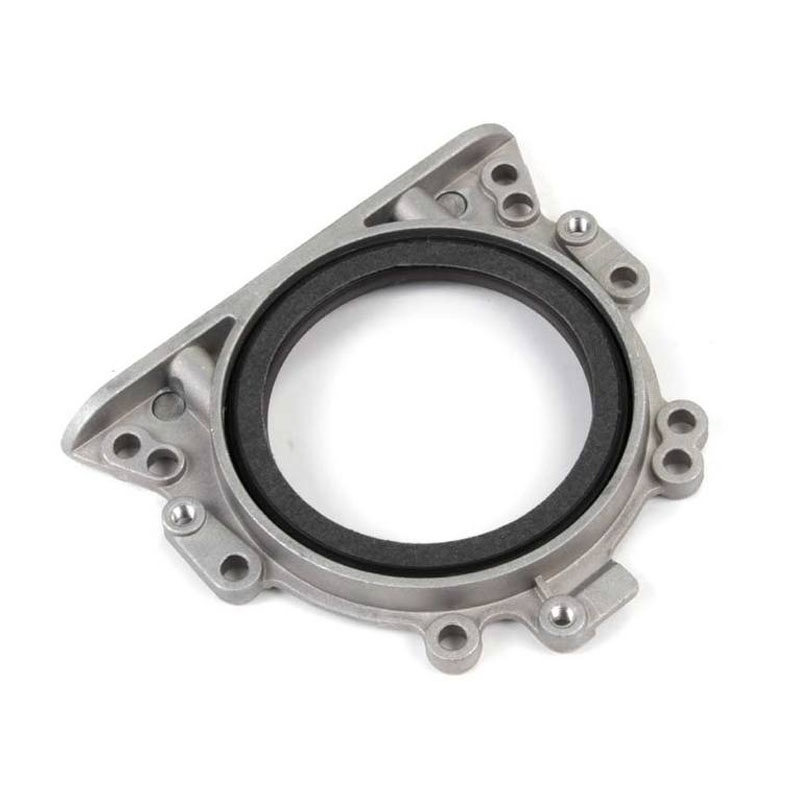main pulley oil seal
Understanding the Main Pulley Oil Seal Importance and Maintenance
The main pulley oil seal is a crucial component in various mechanical systems, especially in engines and machinery that rely on rotational dynamics. This small yet significant part plays a vital role in ensuring the efficiency and longevity of a machine's operation. In this article, we will explore the function of the main pulley oil seal, its importance, common issues associated with it, and tips for maintenance.
What is a Main Pulley Oil Seal?
The main pulley oil seal is designed to prevent oil leaks from the engine or other systems utilizing pulleys. Typically made of rubber or synthetic materials, these seals create a barrier between the moving pulley and the stationary engine casing. This barrier is essential for maintaining proper lubrication within the engine, as it keeps oil contained where it is needed while preventing contaminants from entering the oil system.
Importance of the Main Pulley Oil Seal
1. Preventing Oil Leaks The primary function of the main pulley oil seal is to prevent oil from leaking out of the engine. Oil leaks can lead to a decrease in oil levels, which can result in inadequate lubrication. This can cause increased friction, overheating, and potential failure of engine components.
2. Protecting Engine Components By preventing contaminants such as dirt, dust, and debris from entering the engine, the oil seal protects vital components from damage. Contaminated oil can lead to increased wear and tear, reducing the lifespan of engine parts.
3. Maintaining Efficiency A properly functioning oil seal ensures that the engine operates efficiently. With maintained lubrication, engine components can move smoothly, reducing energy losses and improving overall performance.
4. Cost-Effectiveness Preventative maintenance of the oil seal can save significant costs associated with repairs and replacements of damaged engine components caused by oil leaks and contamination. Investing in the health of this small part directly influences the overall operational cost of the machinery.
Common Issues with Oil Seals
main pulley oil seal

Despite their importance, oil seals are subject to wear and degradation over time due to several factors
- Heat and Temperature Fluctuations Operating in extreme temperatures can cause the seal material to harden or become brittle, breaking the seal and leading to leaks. - Chemical Exposure Contact with engine oils, fuels, and other chemicals can deteriorate the seal material, leading to premature failure. - Misalignment If the pulley is misaligned during installation, it can put extra stress on the seal, causing it to wear unevenly. - Improper Installation Incorrect installation can lead to improper sealing, resulting in leaks right from the start.
Maintenance Tips
Maintaining the main pulley oil seal is crucial for ensuring the longevity and efficiency of your machinery. Here are some essential tips
1. Regular Inspections Regularly check for signs of oil leaks around the pulleys. If you notice oil accumulation, it may indicate a failing seal.
2. Monitor Temperature Keep an eye on engine temperatures. Excessive heat can be a sign of other issues but can also indicate that the oil seal needs attention.
3. Choose Quality Materials When replacing oil seals, opt for high-quality materials that can withstand the operational conditions of your machinery.
4. Proper Installation Ensure that oil seals are installed correctly. Misalignment can cause swift deterioration, so pay attention to manufacturer specifications.
5. Routine Maintenance Engage in routine maintenance of the entire system, including checking and changing the oil regularly and ensuring all components are operating as they should.
In conclusion, while the main pulley oil seal may seem like an inconspicuous component, its role in the operation of machinery is of paramount importance. By understanding its function and ensuring its proper maintenance, users can enhance the reliability and effectiveness of their engines, ultimately leading to improved performance and reduced maintenance costs.
-
The Ultimate Guide to Car Repair Kits: Tools and Essentials Every Driver Should Own
News Aug.01,2025
-
The Complete Guide to Oil Pan Gaskets: Sealing Engine Leaks the Right Way
News Aug.01,2025
-
Preventing Oil Leaks: A Complete Guide to Oil Pan Gaskets and Drain Seals
News Aug.01,2025
-
Everything You Need to Know About Oil Pan Gaskets and Drain Plug Seals
News Aug.01,2025
-
Essential for Car Owners: How to Use a Car Repair Kit to Deal with Minor Breakdown
News Aug.01,2025
-
Comprehensive Guide to Engine Oil Sump Gaskets and Related Seals
News Aug.01,2025
-
The Ultimate Guide to Boat Propeller Bearings and Trailer Wheel Bearings
News Jul.31,2025
Products categories















